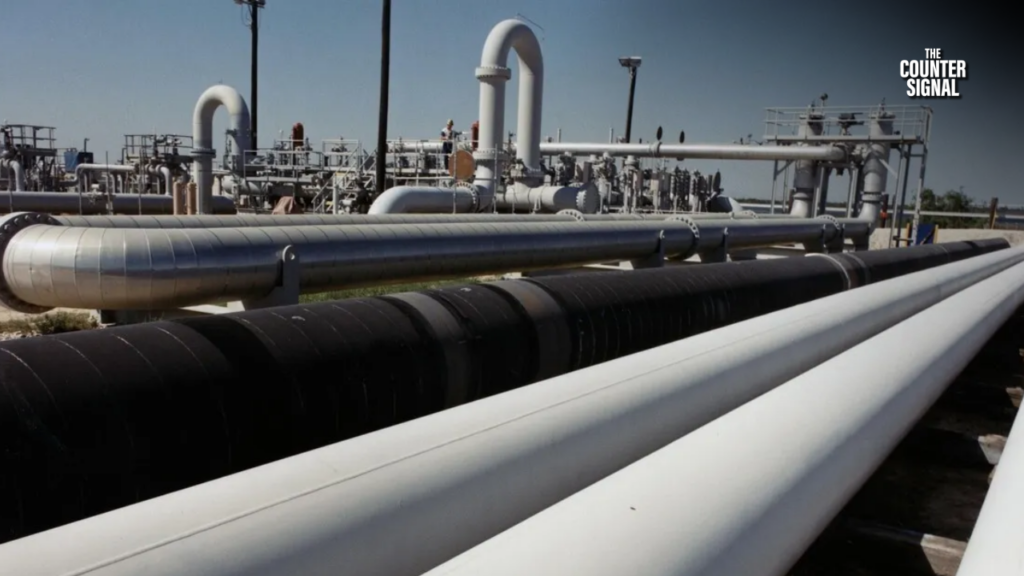A new report from Statistics Canada details that if trends under Harper had continued, each Canadian would be making approximately $4,200 per year more in terms of annual income than they are today under Trudeau.

According to the report, Trudeau’s poor handling of the pandemic (i.e., enacting nationwide lockdowns, destroying businesses, and mass printing money) specifically, as well as declining per capita output in the last quarters, has resulted in real GDP being 7% below its projected long-term trend.
This equates to a decline of $4,200 per Canadian annually.
While real GDP has increased by an average of 1.1% since 1981, due to Trudeau’s economic policy during his time in power, this rate would have to increase to 1.7% and stay there for an entire decade just to reverse the damage done.
The report further details the effects of a declining GDP, explaining that due to a declining rate of GDP growth, there has been less fixed capital to invest in workers, with the knock-on effect of having a less productive workforce overall and stagnant wages.
This comes at a time when Canada is set to have the most unaffordable housing market in the developed world due to skyrocketing prices driven primarily by mass immigration—another one of Trudeau’s policies.
“Indeed, the amount of fixed capital invested per worker was the most important source of labour productivity growth over the past 30 years,” Statistics Canada writes. “… As of 2021, investment per worker in business sector industries was about 15% lower than in 2006. Weaker competition between firms following the mid 2000s—through rapidly decreasing firm entry rates—further limited the amount of investment spending per worker, accounting for 30% of the decline.”
What can Canada do to turn things around?
In terms of solutions, after Trudeau leaves office, Statistics Canada suggests that attracting higher levels of capital investment to spur productivity growth and removing market-related barriers that limit innovation and competition will be critical in the coming years, as well as reducing the rate of immigration to take pressure off the housing market.
“While capital outlays are important for economic growth, the pace of population growth warrants particular emphasis in the current context, especially when comparing current trends in GDP per capita with Canada’s past experience. The pace of population growth from 1991 to 2001, when GDP per capita was above its long-term trend, averaged 1.0%, about one-third of its current pace,” Statistics Canada writes.









